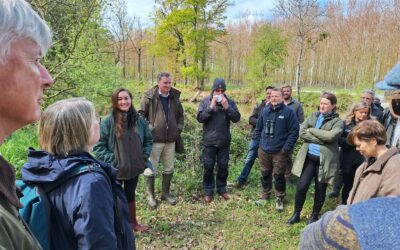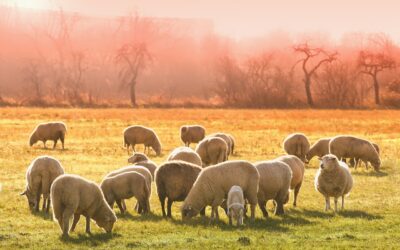
Climate change is one of the most complex challenges facing the world today. While governments and corporations are adopting green policies, renewable energy sources, and sustainable transport, there is much more to be done. After all, altering our diet and the way it is produced and transported is one of the main ways to mitigate climate change.
Since the industrial revolution, human actions have worsened the onset of climate change. With new developments in fossil fuels and the significant emissions of greenhouse gases, the temperature of our atmosphere has increased. This is due to the greenhouse effect. As an unnatural amount of carbon dioxide (CO2), methane, and other greenhouse gases are emitted into our atmosphere, it acts as a natural greenhouse – trapping heat and warming its environment. This has drastically affected our weather patterns, strengthening natural disasters, raising global sea levels, and inducing worldwide droughts.
The agriculture industry contributes to this trend. According to the Organisation for Economic Co-operation and Deve lopment (OECD), agricultural activities account for 17% of greenhouse gas emissions. Whether it’s the use of pesticides in producing our products, the demand for out-of-season food or the transport of non-local produce, our global food supply chain has a high carbon footprint.
According to the European Environment Agency (EEA), three in four Europeans live in cities and are highly dependent on the transport of food, which relies on the burning of fossil fuels. In the UK alone, the transportation of food to and within the UK produces 19 million tonnes of CO2 annually, according to the Department for Environment, Food & Rural Affairs (DEFRA). That is the equivalent of the annual emissions of 5.5 million cars.
While the transportation of our produce is a problem, it is also a solution.
By reducing the distance our food items are transported – known as food miles – we can decrease the amount of CO2 emitted into our atmosphere. The main way to achieve this is by eating local food. Whether you shop in the local section of your grocery store, buy produce exclusively from farmer markets, or grow your own in your backyard or local community garden, there are multiple ways to source local food. Not only will it reduce your food miles and help the environment, but it will also provide you with fresher and more nutritious food.
Beyond eating locally, individuals can reduce the environmental impact of their food chain by purchasing in-season foods. It will lessen one’s impact on the environment in two ways. Firstly, by eating seasonal produce that is naturally grown in the sunlight, one avoids consuming produce that was grown in a CO2 emitting greenhouse. Secondly, by purchasing seasonal produce, you reduce the amount of CO2 emitted in its transport, as air travel – which is popular for transporting out of season produce – emits ten times more CO2 than road travel.
To create a more sustainable diet, the European Food Information Council (EUFIC) has created an interactive map that dictates which fruits and vegetables are in season for each of Europe’s six climatic regions.
While these methods provide a solution at the individual level, governments and corporations must come together to create policies promoting further change.
According to the EEA’s recent State of the Environment Report, Europe must increase its resource efficiency and maintain its natural capital to promote environmental growth. Implemented in the EU’s Resource Efficiency Roadmap, the EU aims to reduce their food chain resource inputs by 20% in 2020.
To help achieve this goal and Europe’s 2030 climate goals, the EEA is restructuring its Common Agricultural Policy (CAP). Focused on ‘greening’ the agricultural sector, the CAP acknowledges that these policies are crucial in reducing Europe’s environmental impact. While they have yet to emerge with a CAP/agriculture policy, ongoing reforms and long-term strategies are being explored.
When I set out in farming, I ensured my sustainable, seasonal produce will be consumed locally, by opening my own farm-to-table deli. As well as 400 acres of regenerative crops on my Hampshire farm, I have a market garden and orchard producing sustainable fruit and veg for my customers not far away in London. The UK is also in the process of reforming its subsidy system to focus on sustainability over volume of production. Even in a one-country system, however, early pilots suggest that the subsidies may not be able to keep pace with the speed of innovation in sustainable and regenerative practices. There could be lessons here for the EU in its reform of the CAP.
As we continue to adapt to climate change, agriculture must be at the forefront of innovation. With existing policies promoting green farming, we must demand further actions are taken. Additionally, at an individual level, we must prioritize eating local and seasonal food. In doing so, we will not only lower our food miles and carbon footprint, but create a better, more sustainable planet.
Can you add the statistic about the agriculture industry’s contribution to climate change? I think its around 10% [AN1]
Can you add the statistic about the agriculture industry’s contribution to climate change? I think its around 10% [AN2]



